Knowledge base
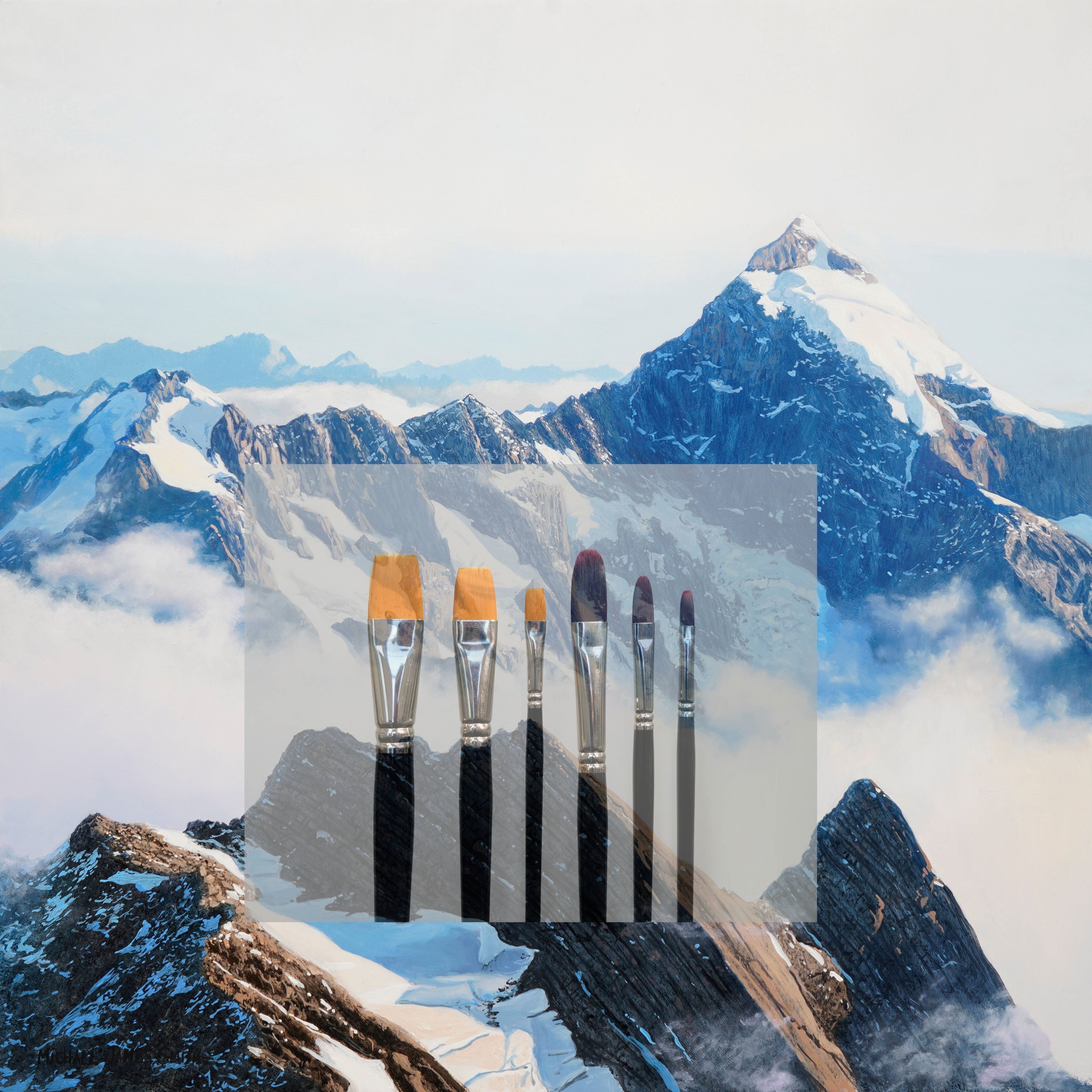
How to Achieve a Perfect Smooth Finish with the Series 7 & 10 Brushes
Creating a flawless, smooth finish in your paintings often comes down to using the right tools. Two of my favourites are the Series 7 and Series 10 brushes. These brushes are staples in my collect...
Read more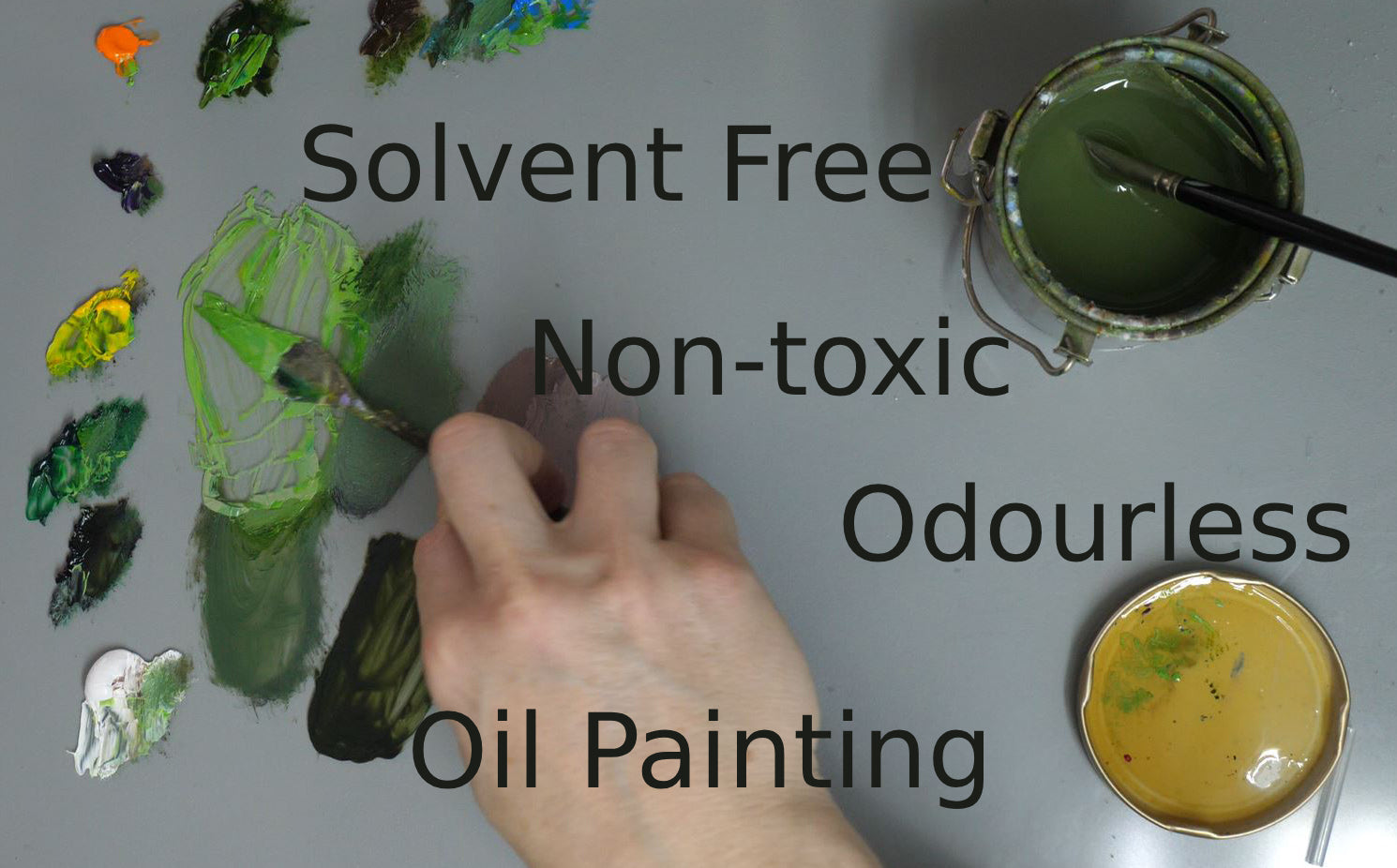
Safety of oil paints and mediums!
How safe are oil paints? I get many questions asking me about the safety of painting with oils, some say they don’t use oil because they believe the fumes to be too strong, or they believe oil pai...
Read more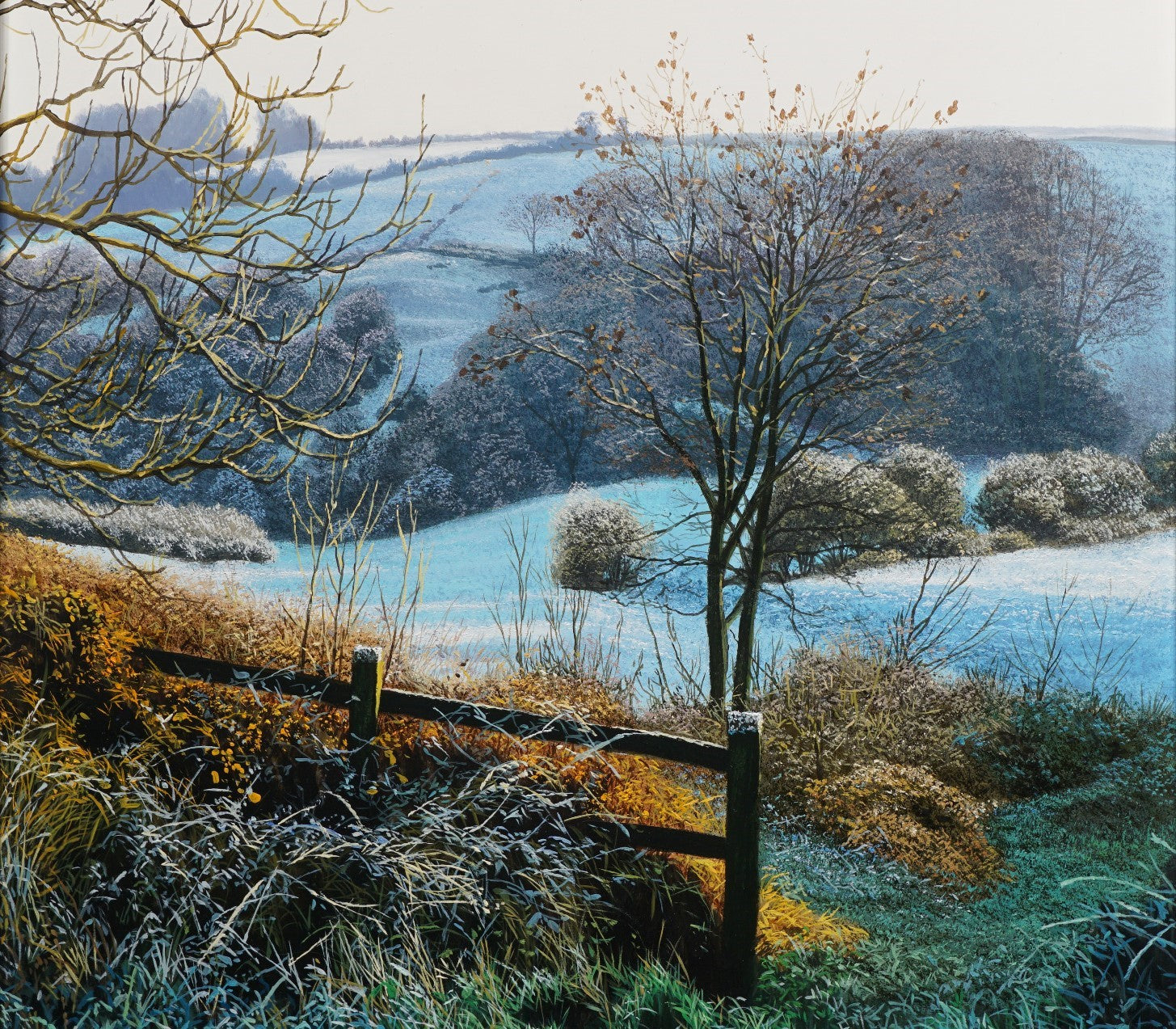

Painting Portraits: Capturing Character in Detail
I’ve always had a passion for figurative work, especially portrait painting. Portraits can be some of the most challenging subjects, but also the most rewarding—there’s nothing quite like capturi...
Read more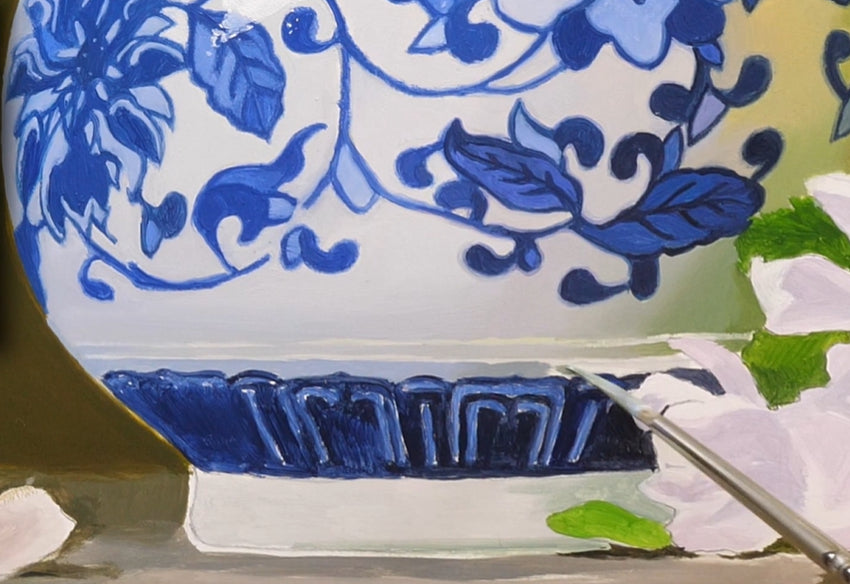
Painting fine details with the Series 2 Pointed Brush
I get many questions asking how I achieve such high detail in my paintings. Brush control is paramount when painting fine details and of course having the right equipment is essential. I use my Se...
Read more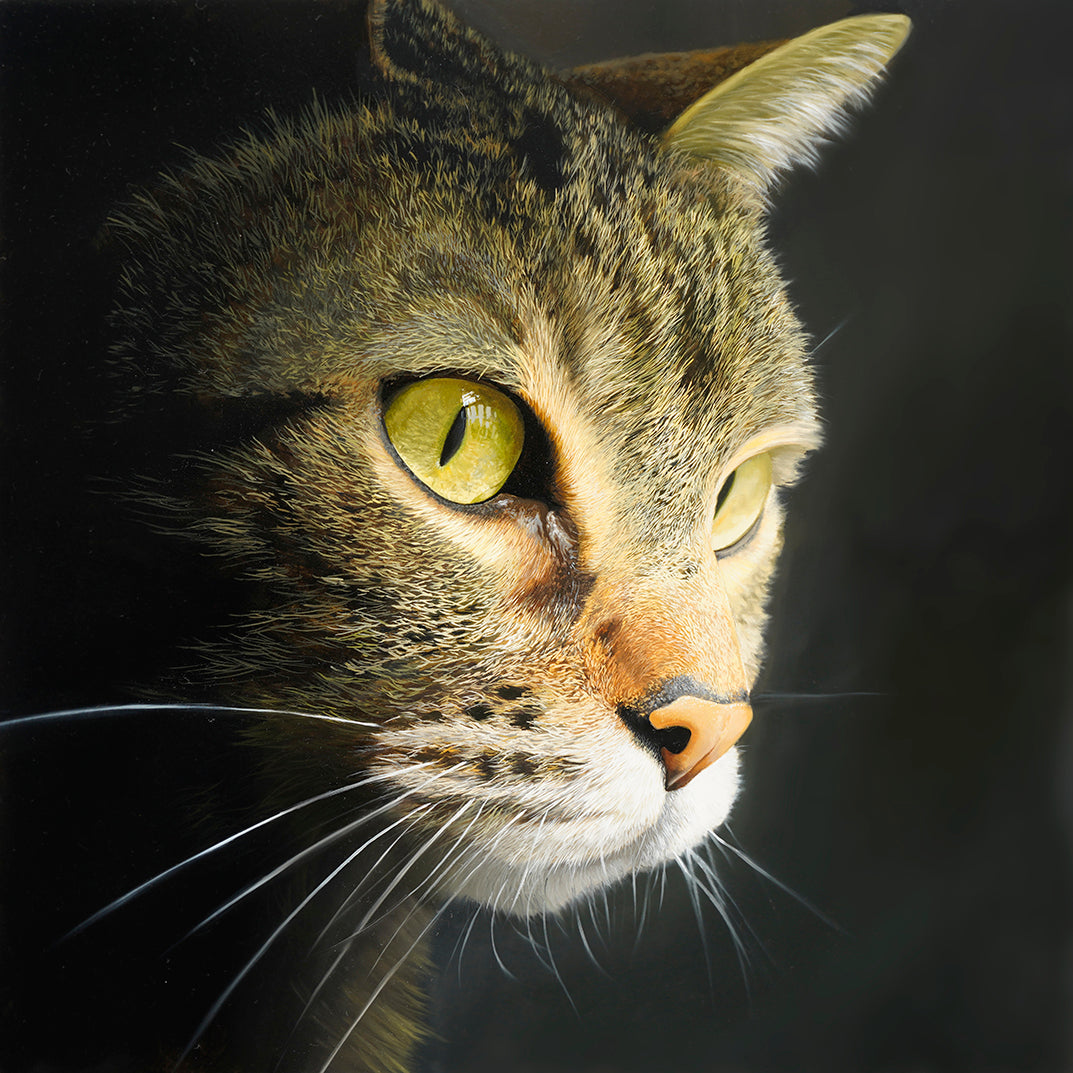
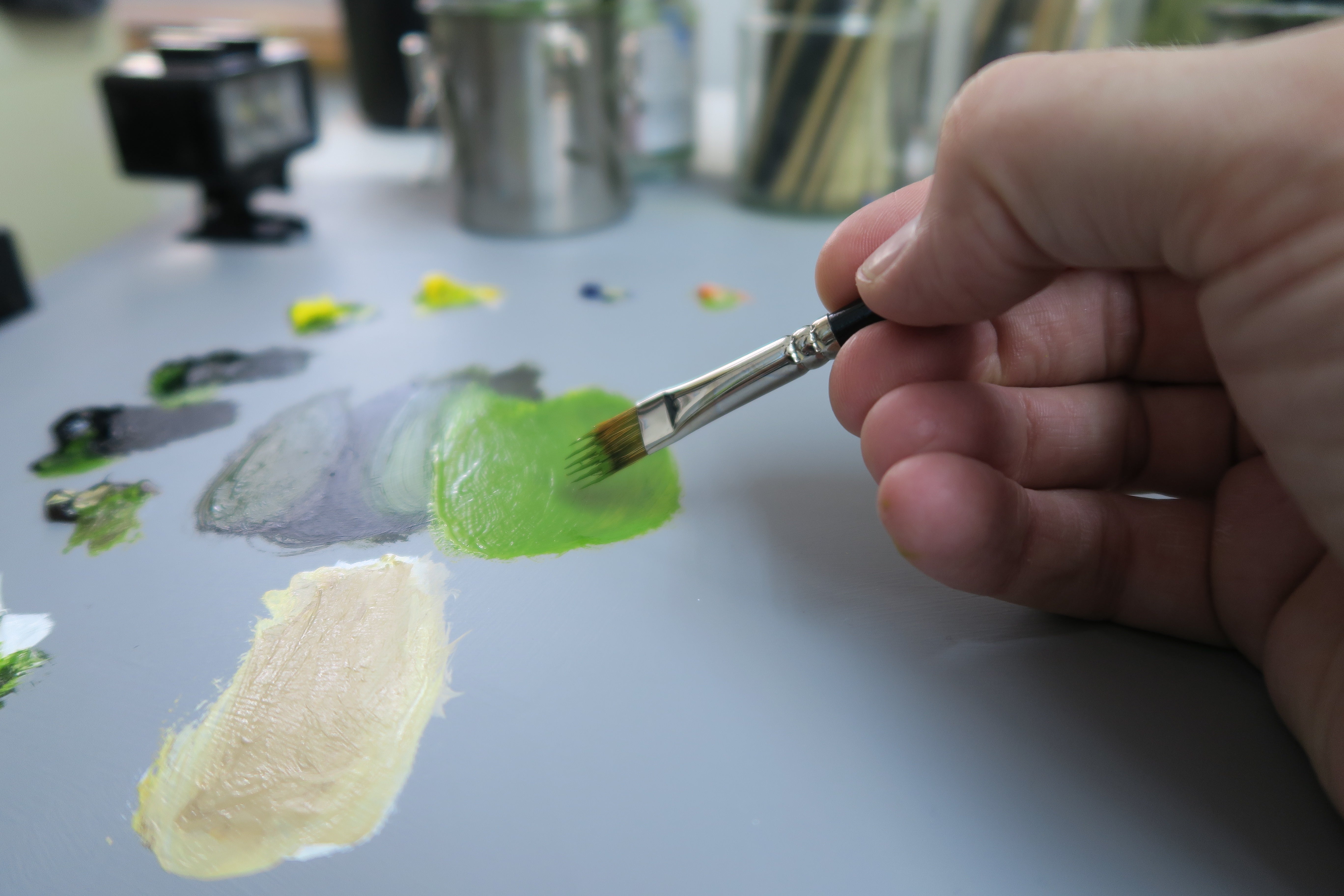
One of my favourite tools in the studio is the Comber Brush—a wonderfully versatile brush that makes adding fine details quick and effortless. What Makes the Comber Brush Unique? The flat, serrated...
Read more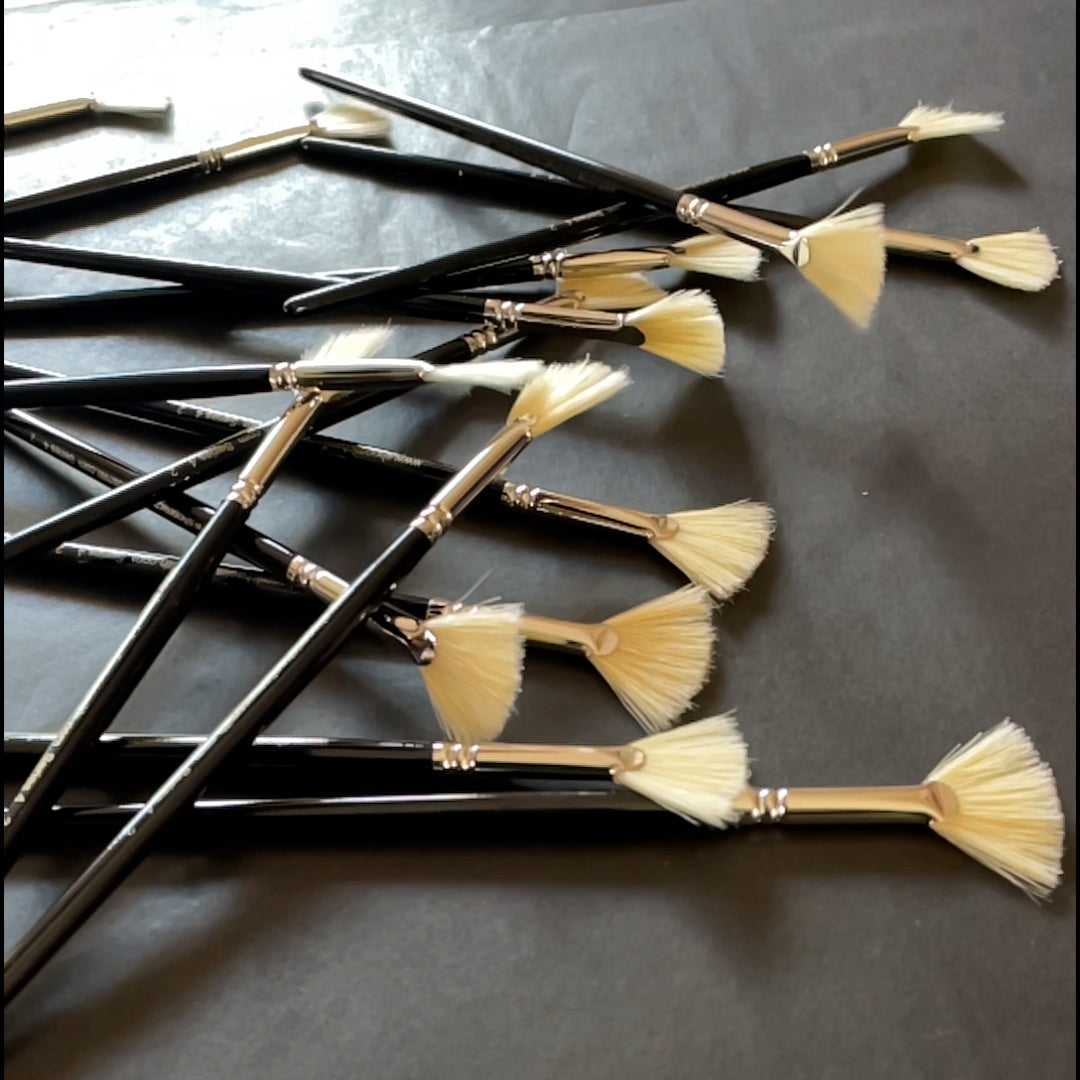
How to create the perfect V when painting foliage, using the fan brush
Getting the perfect V-shape mark when painting foliage can feel a little tricky. Many artists struggle with it at first, but with the right brush loading technique and a few small adjustments to yo...
Read more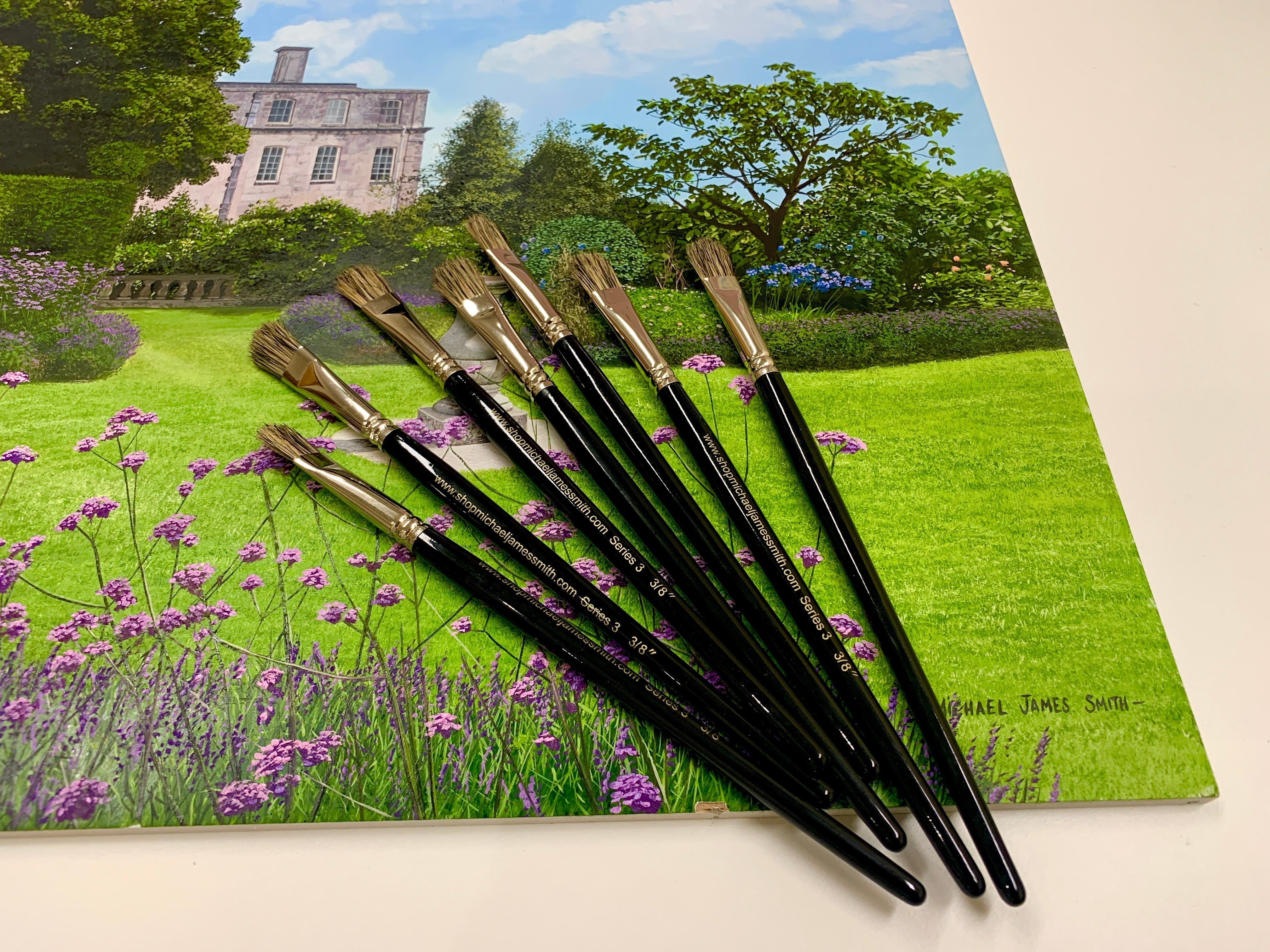
How to Add Texture Using the Tree & Texture Brush
Creating depth and texture in realistic paintings doesn’t need to be difficult. Have you ever wondered how I achieve this effect in my work? One of my go-to tools is the Series 3 Tree & Texture...
Read more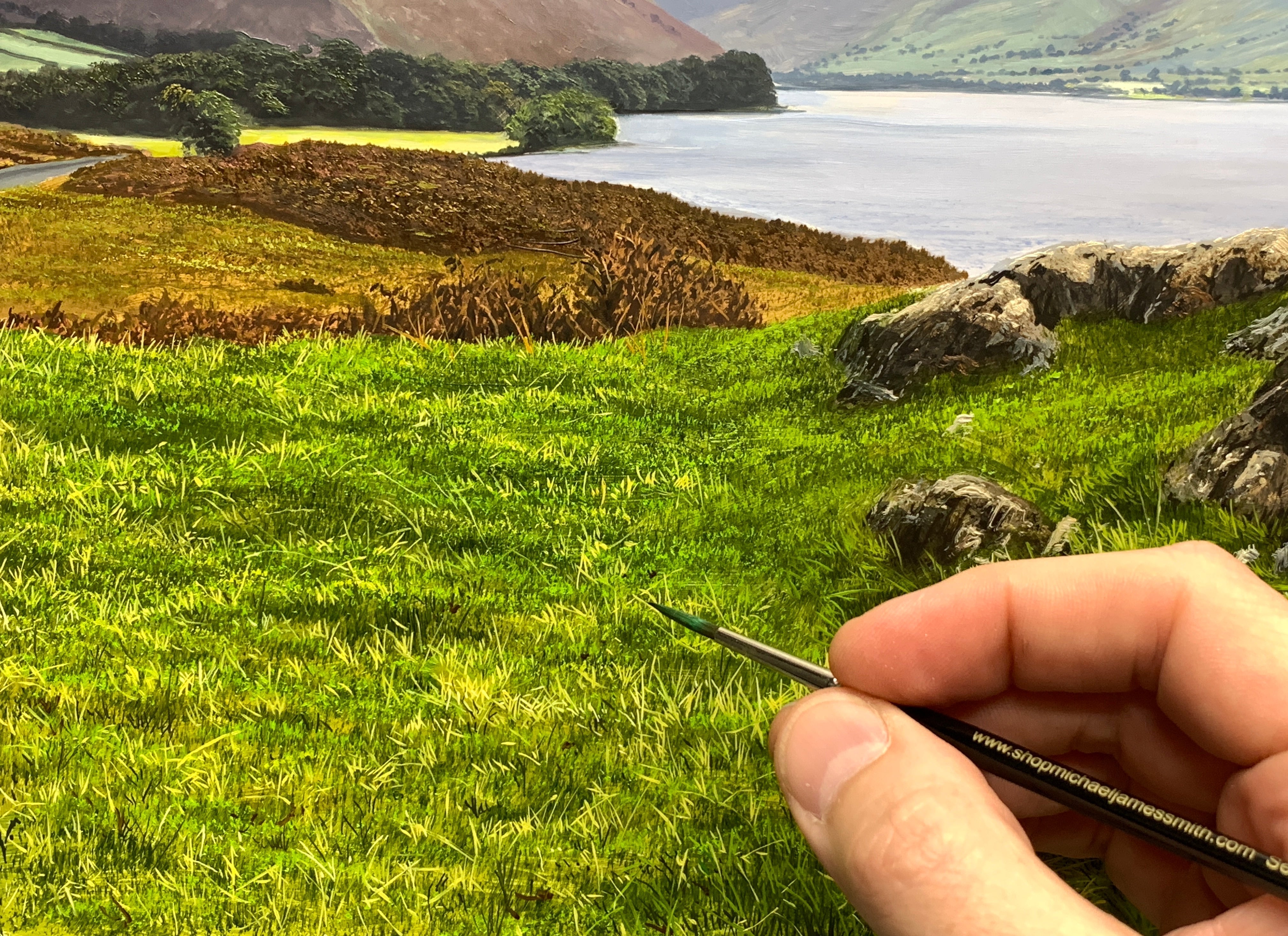
How to Paint Fine Details and Grass Using Rigger Brushes 🎨
Every artist knows how tricky it can be to capture those really fine details—like blades of grass or thin tree branches. That’s where the Rigger Brush comes in. It’s one of my favourite tools for a...
Read more